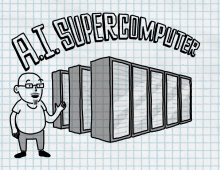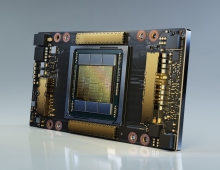
SK Hynix Enters Collaboration to Develop Neuromorphic Chip
This collaboration is expected to mark a milestone in the development of a Neuromorphic chip - a semiconductor imitating the thinking process of a human brain, based on the Artificial Neural Network Devices.
In the Big Data era, since numerous unstructured data such as texts, images, voices and visuals are combined, there is a limit in data recognition with typical serial order data processing. A Neuromorphic Chip is determined as the most efficient in unstructured data processing in the industry. It also makes up for speed drops and increase in power consumption of software-based neuromorphic computing.
This collaboration is expected to be an important starting point for going beyond the current limitation of computing structure in data throughput and speed. Current computing systems fulfill a command in serial order in which it is entered into a logic semiconductor such as CPU (Central Processing Units) or AP (Application Processors) then sequentially delivered to a memory semiconductor such as DRAM and NAND Flash.
On the other hand, a Neuromorphic Chip, which is the focus of this R&D collaboration, creates an entirely new data processing system. A Neuromorphic Chip will be equipped with both logic operation as well as memory functions, and therefore available for multiple simultaneous logic and data processes in a manner similar to how a human brains responds to external stimulus.
The ferroelectric material, with its novel property of maintaining polarization even when voltage is not applied to the material, is one of the core elements of the Neuromorphic Chip. The polarization to anode (+) and cathode (-) occurs as the dielectric substance is electrically charged, which means it is ready for indicating '0' or '1' which is the basic structure of data storage. Furthermore, the polarization status of the material is partially adjusted in line with voltage alteration and therefore multiple data differentiations could be stored. SK Hynix and Stanford University are planning to develop the Artificial Neural Network Devices utilizing the Neuromorphic Computing Chip, which exploits these novel ferroelectric material characteristics.





















